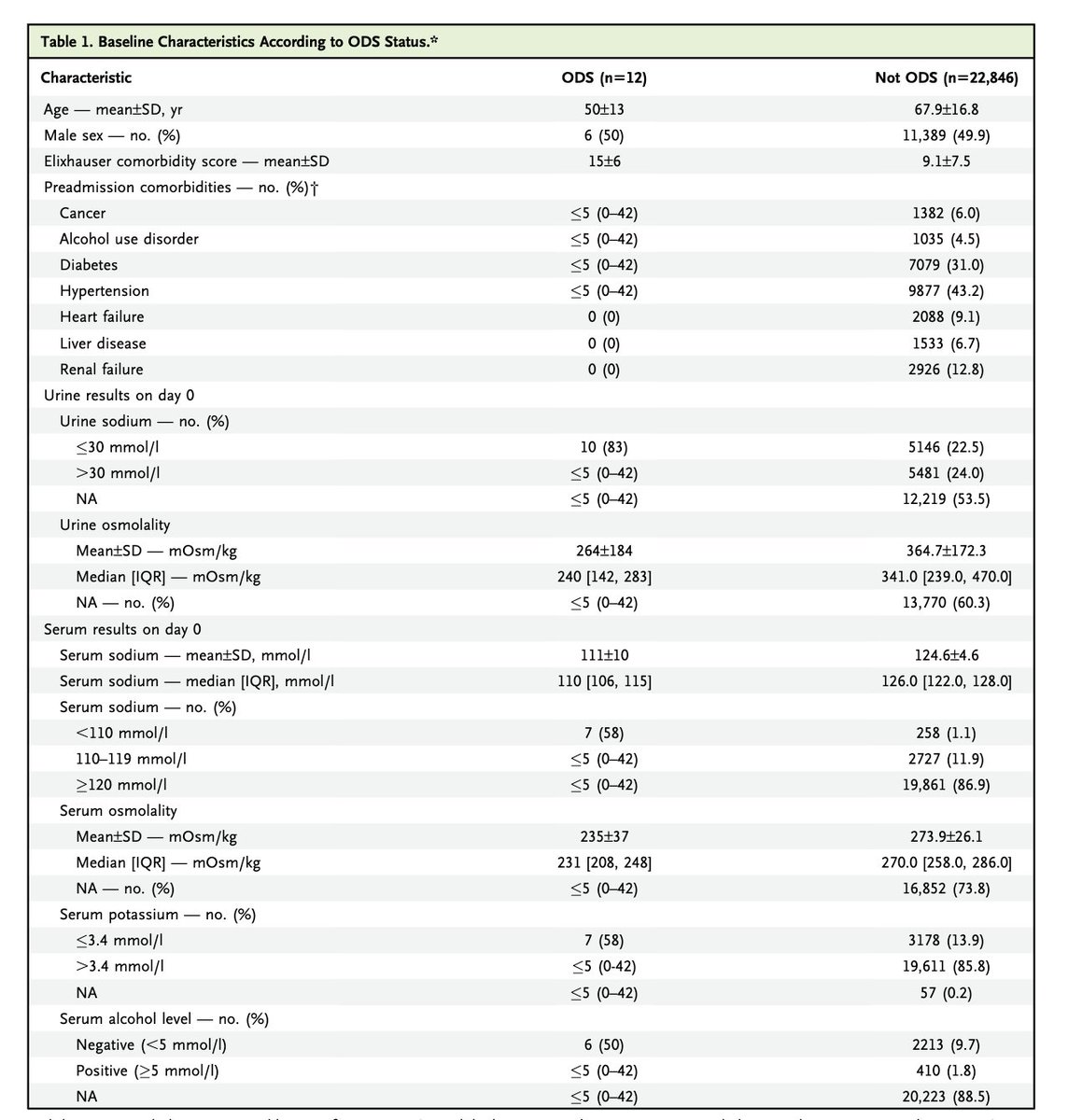Next up is Dr. Uribarri to savage the urinary anion gap. Sorry @Dan_Batlle.
The urine anion gap is not real, but allows you to see what is not measured. There is no gap. Cations must equal anions.
Since 24 urine Na, K, Cl equal their dietary intake, then the urine anion gap must reflect relative dietary intake not ammonia in the urine. #NKFClinicals
And here is the data. #NKFClinicals 

Hey Siri, show me a scatter plot. No relationship between urine anion gap and urine NH4. N=24,000. #NKFClinicals 

Says the source of the early data showing the success of urine anion gap was the administration of ammonium chloride which directly increased the urine chloride which made the urine anion gap more negative. #NKFClinicals 



Brilliant and convincing presentation. #NKFClinicals 

• • •
Missing some Tweet in this thread? You can try to
force a refresh
























